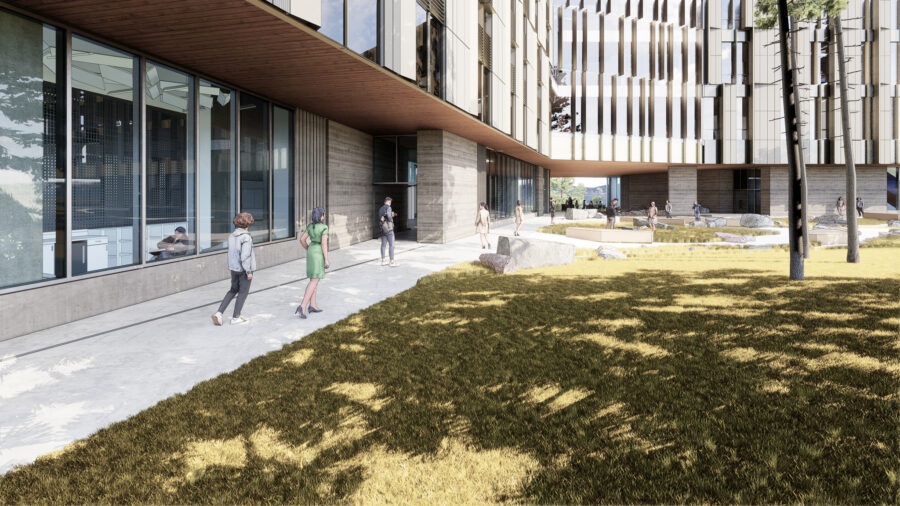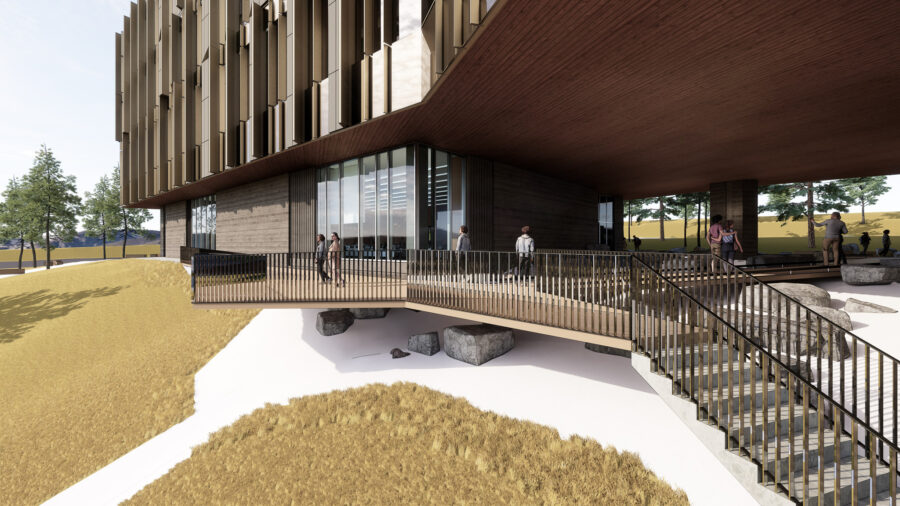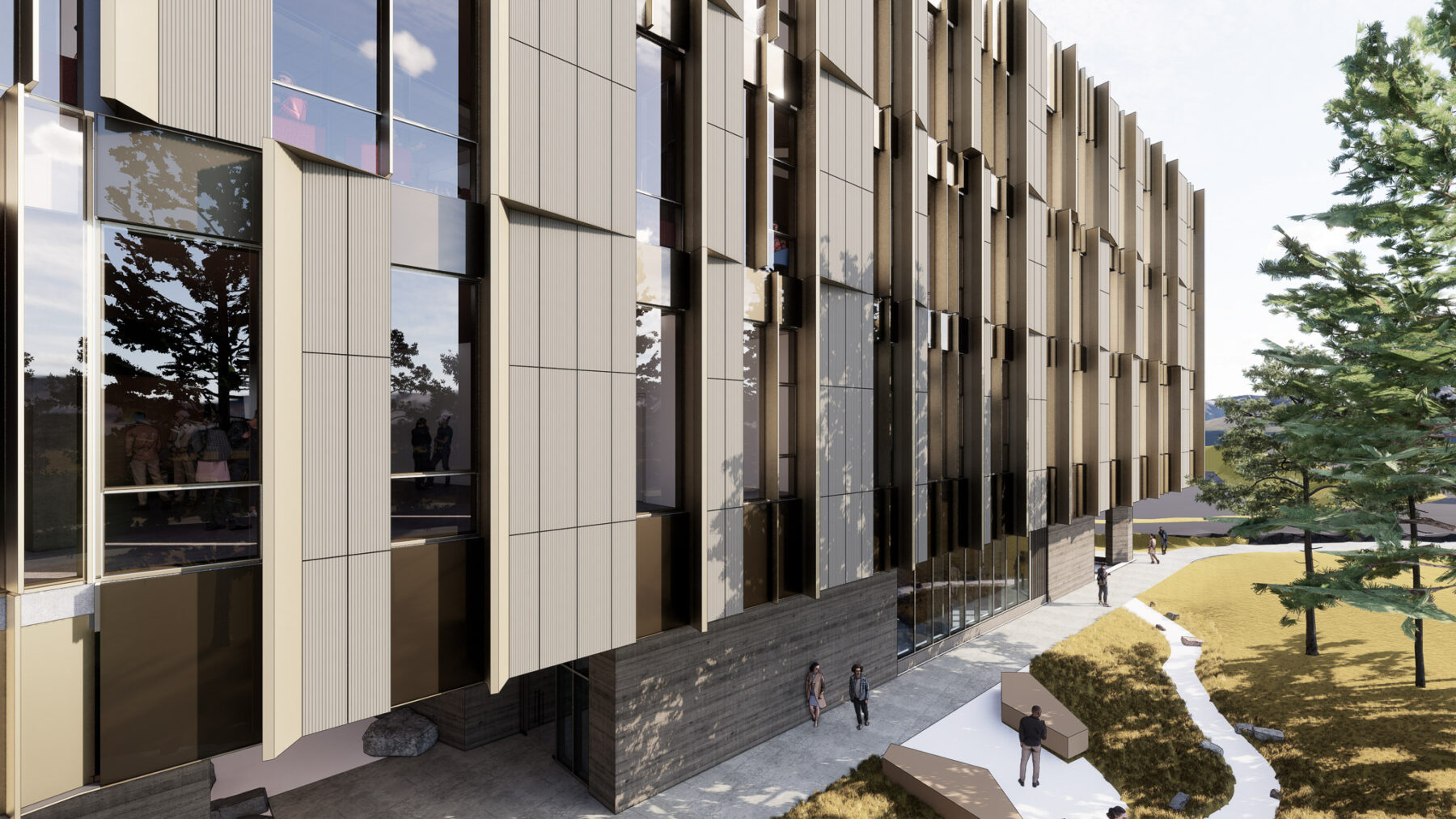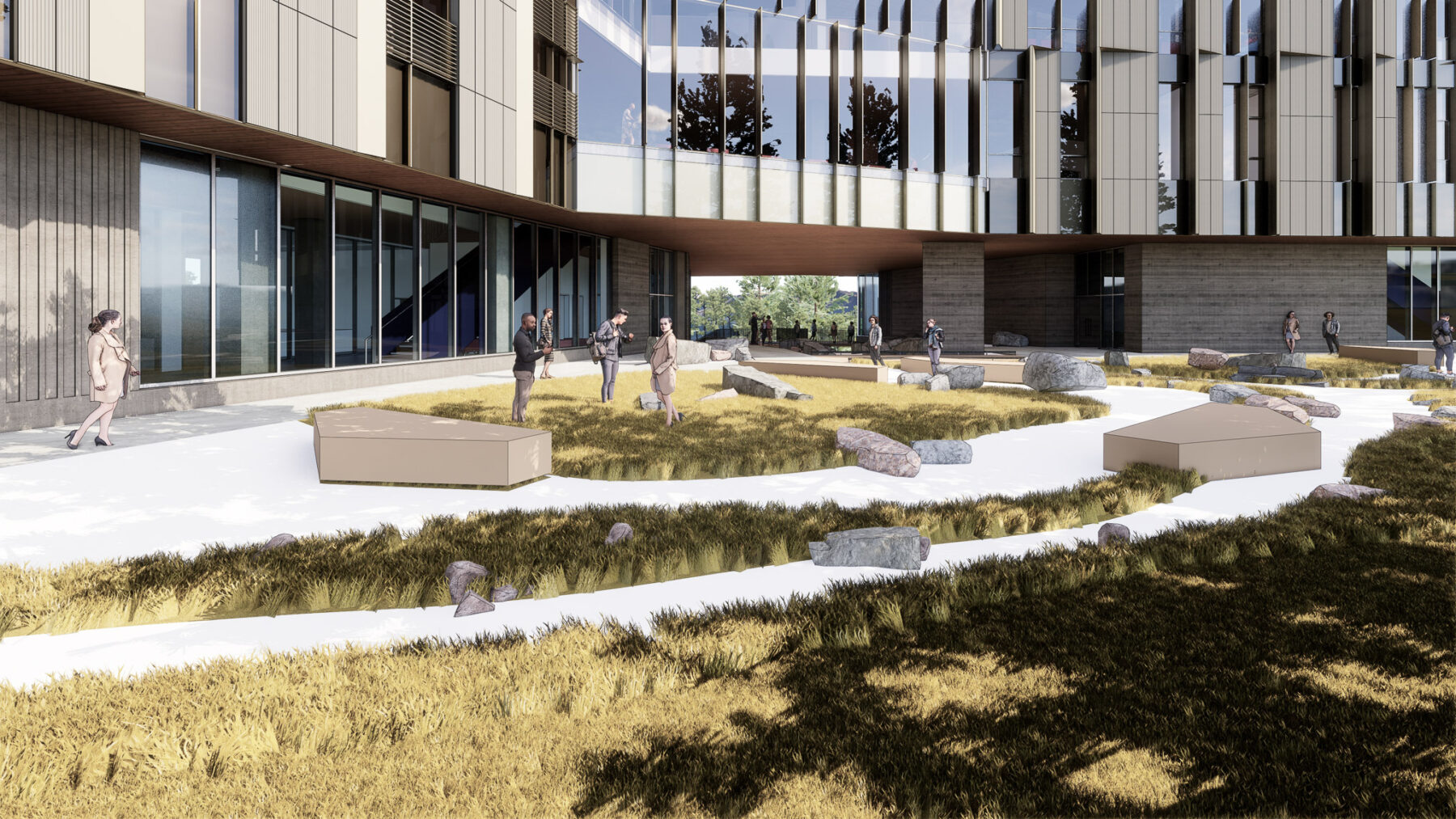The University of British Columbia Okanagan’s (UBCO’s) Interdisciplinary Collaboration and Innovation (ICI) Building is a catalyst for the convergence of social and natural sciences, humanities, as well as creative and professional disciplines alike. It will bring together and support scholars, researchers, and students from across the University’s entire research spectrum and organize them into functional teams.
Project Essentials
- LocationKelowna, BC
- ClientUniversity of British Columbia Okanagan (UBCO)
- Architecthcma
- Size152,686 ft² (14,185 m²)
- BudgetCAD $119 million
- Sustainable FeaturesTargeting LEED Gold



